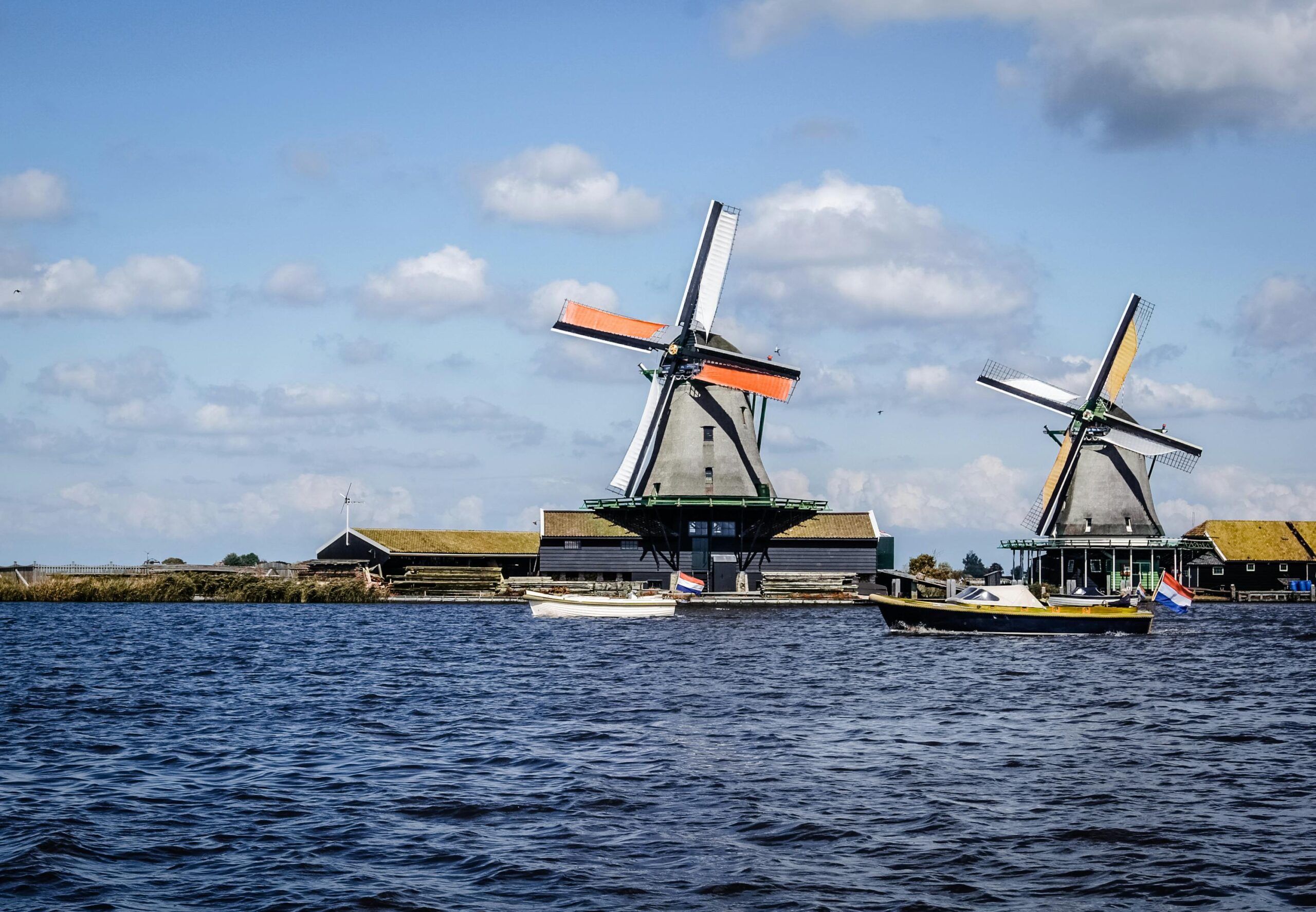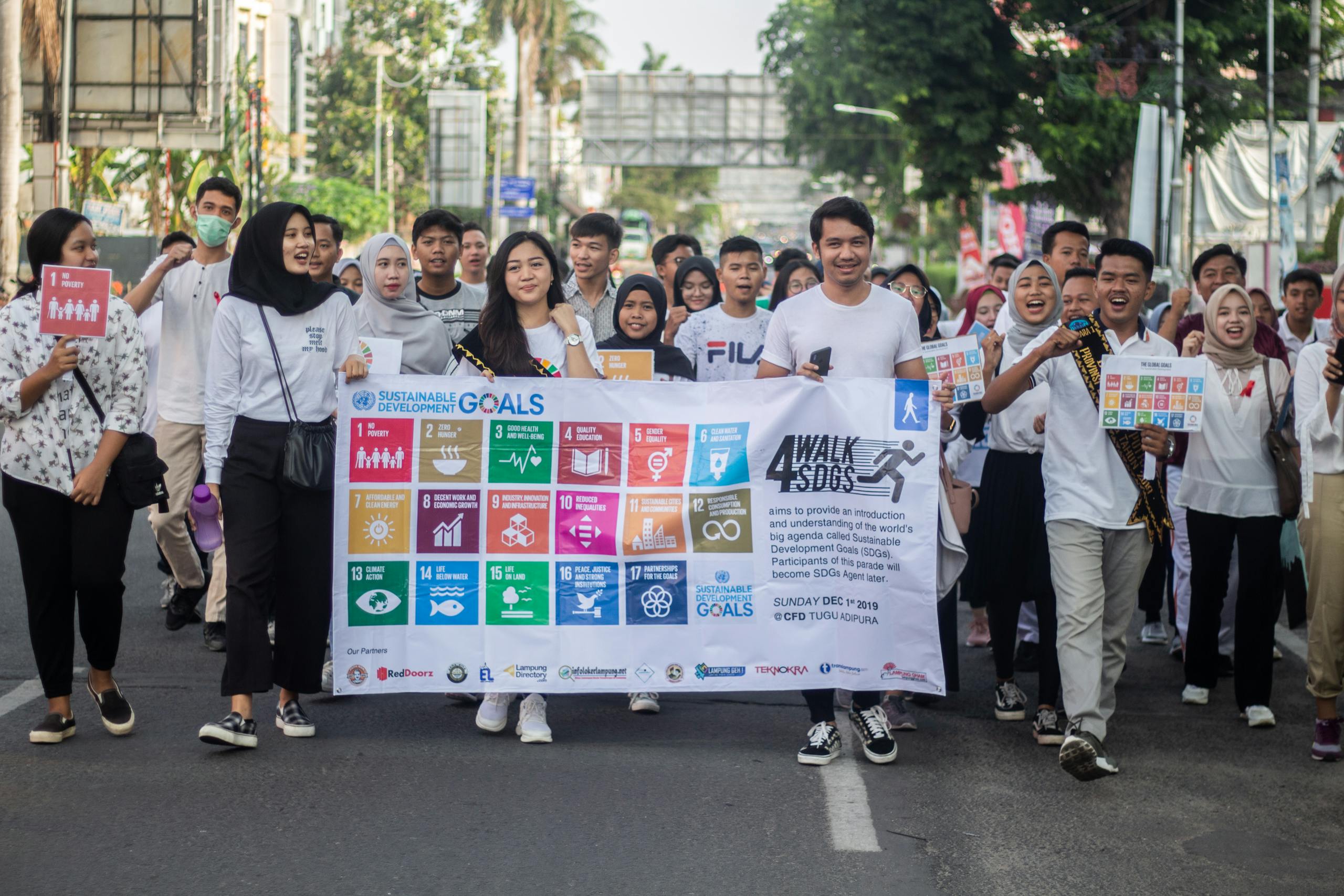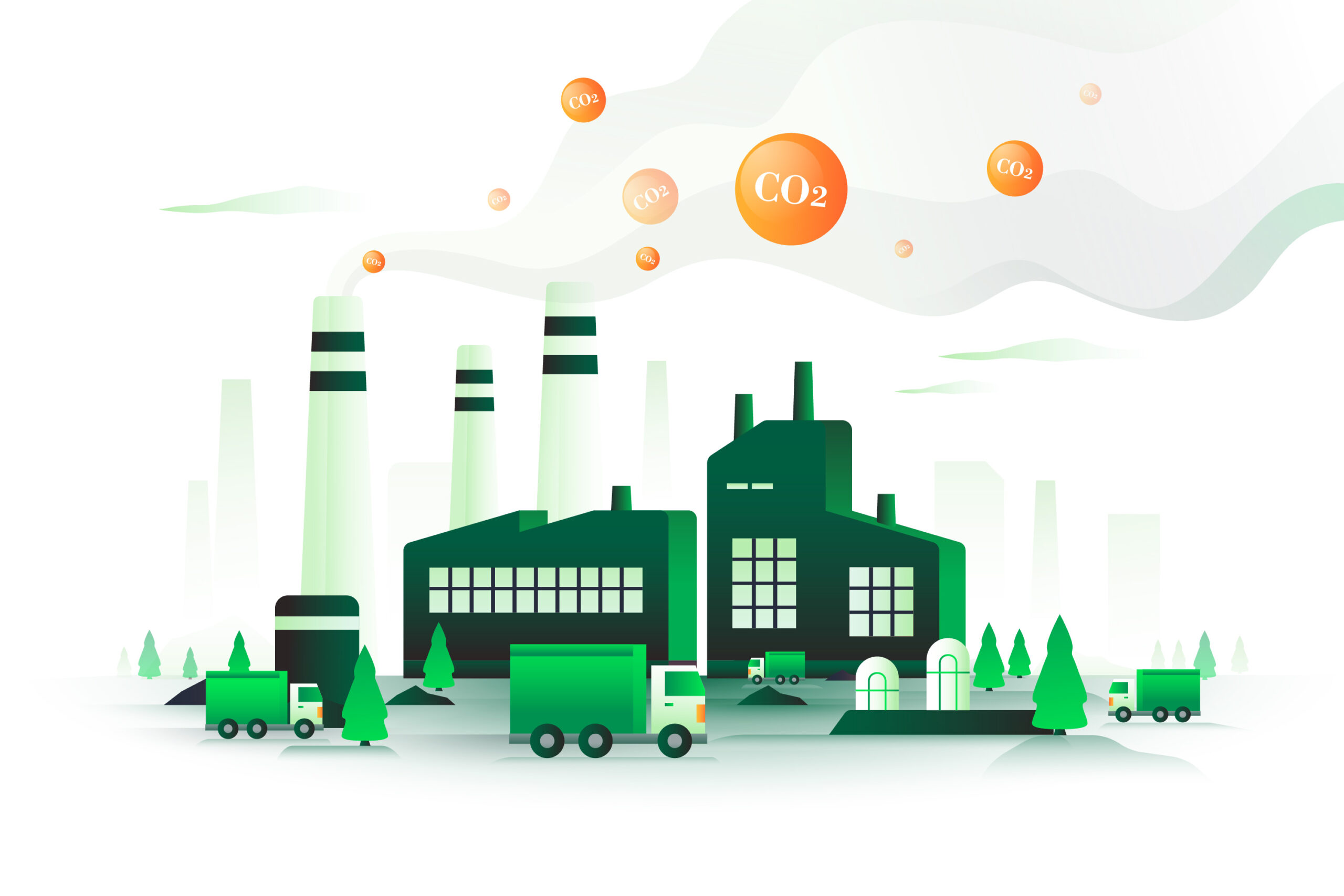1.Power Costs and Decarbonization Challenges in Corporate Management
The business environment surrounding companies has changed dramatically in recent years. Corporate power procurement strategies have become increasingly important as management issues, both in response to worsening climate change and unstable energy prices. According to surveys by the Ministry of Economy, Trade and Industry (METI), power costs for Japanese companies have increased by more than 20% on average since 2021 due to changes in the international situation, directly impacting profit margins, especially in the manufacturing sector.
Meanwhile, following the then-Prime Minister Suga’s declaration of “Carbon Neutrality by 2050” in October 2020, companies are now required to develop concrete decarbonization action plans. According to Ministry of Environment reports, while approximately 65% of Japanese companies recognize the need to incorporate decarbonization into their management strategies, many have yet to implement specific measures.
The “PPA model” is attracting attention as a solution to these challenges.
2.What is the PPA Model: Basic Structure and Characteristics
PPA (Power Purchase Agreement) literally means an “electricity purchase contract.” This is a mechanism where a third party (PPA provider) owns and operates renewable energy facilities such as solar power generation, and the consumer (company) purchases the electricity generated by these facilities under a long-term contract.
According to the Agency for Natural Resources and Energy, PPA models have the following key characteristics:
- No initial investment: Companies don’t need to bear the introduction costs of renewable energy generation facilities, avoiding equipment investment risks
- Long-term fixed prices: Energy cost fluctuation risks are mitigated as electricity prices are fixed for typically 10-20 year contract periods
- No specialized knowledge required: The PPA provider handles equipment operation and maintenance, eliminating the need for technical expertise on the company side
- On-site and off-site options: Companies can choose between on-site PPAs installed on their premises or off-site PPAs located remotely
In Japan, the Ministry of Environment launched PPA model demonstration projects in 2018, and adoption has accelerated since the 2020 revision of the Electricity Business Act.
3.Economic Benefits of PPAs: Real Examples of Power Cost Reduction
The greatest appeal of the PPA model is the ability to reduce power costs without initial investment. With the decreasing cost of solar power generation and rising retail electricity prices, power procurement through PPAs is increasingly economically advantageous compared to conventional purchases from power companies.
| Cost Category | Traditional Power | PPA Model |
|---|---|---|
| Initial Investment | $0 | $0 |
| Annual Electricity Cost | Market Rate (Subject to fluctuation) |
10-15% Lower (Fixed for contract period) |
| Maintenance Cost | None | None (Covered by PPA provider) |
| Price Stability | Volatile (Market dependent) |
Fixed (10-20 year contract) |
| Carbon Pricing Risk | High (Exposed to future costs) |
Low (Hedge against future regulations) |
| 15-Year Total Cost Impact | Baseline | 10-30% Savings |
| Facility Type | PPA Size | Annual Savings | 15-Year Total Savings |
|---|---|---|---|
| Manufacturing Facility (Regional) |
1 MW | ¥12 million | ¥180+ million |
| Large Factory (High consumption) |
5 MW | ¥60 million | ¥900+ million |
* Savings estimates based on METI “Analysis of Systems for Promoting Renewable Energy Introduction” (2023)
* Actual savings may vary based on location, electricity consumption patterns, and contract terms
(Tokyo)
(10 locations)
PPA models contribute significantly not only to economic benefits but also to corporate decarbonization management. According to the Ministry of Environment’s “Corporate Carbon Neutrality Action Plan,” Scope 2 emissions (CO2 emissions from purchased electricity) account for approximately 40% of total emissions from Japanese companies, and procuring renewable energy through PPAs directly contributes to reducing these emissions.
| Emission Source | Before PPA (tons CO₂/year) | After PPA (tons CO₂/year) | Reduction |
|---|---|---|---|
| Purchased Electricity (Scope 2) | 1,000 | 600 | -40% |
| Total Corporate Emissions | 2,500 | 2,100 | -16% |
Removed Per Year
Grown for 10 Years
Use for One Year
Consumed
* CO₂ reduction calculations based on Japanese electricity emissions factor of 0.4 kg-CO₂/kWh
* Equivalence data from Ministry of Environment and equivalent US EPA greenhouse gas equivalencies
The actual reduction effect varies depending on contract scale and power source composition, but according to general calculations, introducing 1MW of solar power generation can reduce CO2 emissions by approximately 400 tons annually. This is equivalent to the annual emissions of about 173 passenger cars (according to the Ministry of Environment’s “Greenhouse Gas Emission Calculation and Reporting Manual”).
Additionally, renewable electricity procured through PPAs serves as an important indicator in corporate ESG evaluations and disclosures. Especially for companies participating in the international initiative “RE100” (a corporate alliance aiming to use 100% renewable energy for business activities), PPAs are becoming a powerful means of renewable energy procurement.
As of 2023, the number of Japanese companies joining RE100 exceeded 70, with many positioning PPAs as central to their renewable energy procurement strategy.
5.Success Stories of Implementing Companies: Industry-Specific Case Studies
PPA models are being adopted across various industries. Here are some representative success stories:
Manufacturing Industry Case
Major electronics manufacturer Company A introduced a total of 5MW of solar power generation equipment on the rooftops of its main domestic factories through on-site PPAs. By self-consuming approximately 6.5 million kWh of renewable electricity annually, they reduced power costs by about 90 million yen per year while also cutting CO2 emissions by approximately 3,250 tons.
Retail Industry Case
Nationwide retail chain Company B implemented on-site PPAs on the rooftops of multiple stores and distribution centers. With store operating hours coinciding with solar power generation times, they achieve high self-consumption rates, resulting in significant power cost reduction effects, while also contributing to branding as environmentally conscious stores.
Office Building Case
Real estate developer Company C introduced on-site PPAs to multiple office buildings in the metropolitan area. This not only meets environmental consideration requests from tenant companies but also achieves rent premiums through environmental certification of properties.
Off-site PPA Case
IT company Company D implemented an off-site PPA from a large-scale solar power plant utilizing idle land in collaboration with local governments. They successfully converted about 30% of the electricity consumed in urban data centers to renewable energy.
Common to these cases is the creation of multifaceted value, not just cost reduction, but also corporate branding and appeal to customers and investors.
6.Steps to Implementing a PPA Model: Process from Consideration to Contract
Implementation of a PPA model proceeds through the following steps:
- Current Situation Analysis: Understand current electricity usage, fee structure, and site conditions (for on-site cases).
- Business Feasibility Assessment: Calculate potential generation capacity, power output, economic viability, and CO2 reduction effects.
- Provider Selection: Comprehensively evaluate reliability, track record, and proposal content to select a PPA provider.
- Contract Negotiation: Negotiate conditions such as electricity unit price, contract period, maintenance system, and end-of-contract handling.
- Equipment Design and Construction: The PPA provider designs and builds the facility.
- Operation Start: Power supply and fee payment begin with the start of generation.
According to METI surveys, the typical period from consideration to operation start is about 6 months to 1 year for on-site PPAs and 1-2 years for off-site PPAs. The provider selection and contract negotiation processes are particularly important, and setting contract conditions that consider future risks is key to long-term success.
7.Types of Contract Forms and How to Choose: Differences Between On-site and Off-site PPAs
PPA models primarily come in two types, “on-site PPA” and “off-site PPA,” each with different characteristics.
On-site PPA involves installing generation equipment on a company’s own property or building rooftop. Key features include:
- No need for transmission and distribution network fees as it doesn’t use the grid
- High self-consumption rate providing superior economic efficiency
- Installation location constraints (roof load capacity, sunlight conditions, etc.)
- Equipment capacity typically ranges from tens of kW to several MW
Off-site PPA involves procuring electricity through the transmission and distribution network from power plants installed in remote locations. Key features include:
- Ability to introduce large-scale renewable energy (several MW to tens of MW)
- Fewer installation location constraints
- Slightly higher unit price due to transmission fees
- May be affected by grid constraints
(rooftop, parking, etc.)
(roof load, space, etc.)
• Businesses with daytime operations
• Organizations seeking visible sustainability
• Medium electricity consumers
(dedicated solar farm)
(remote installation)
• Companies without suitable roof space
• Organizations needing large-scale RE100 compliance
• Businesses with multiple facilities
* Based on Agency for Natural Resources and Energy guidelines and market research
* Actual characteristics may vary based on specific provider offerings and location
According to Agency for Natural Resources and Energy guidelines, on-site PPAs are suitable for companies with large annual electricity consumption and appropriate installation spaces, while off-site PPAs are suitable for companies with very large electricity consumption or without appropriate installation locations.
Recently, “hybrid PPAs” combining both approaches have also emerged, allowing for flexible choices according to corporate needs.
8. Subsidies and Tax Incentives: Available Public Support Systems
Various public support systems are available to promote the adoption of PPA models. Major ones include:
Ministry of Environment “Decarbonization Promotion Project”: Equipment introduction subsidies for PPA providers covering 1/3 to 1/2 of introduction costs. This enables reduction of electricity fees for consumers (companies). The budget scale for fiscal year 2023 is approximately 23 billion yen.
METI “Renewable Energy Introduction Acceleration Subsidy”: Subsidies for grid connection costs and storage battery introduction for off-site PPAs, with up to 1/2 being subsidized. The budget scale for fiscal year 2023 is approximately 15 billion yen.
Green Investment Tax Reduction: A special depreciation system for renewable energy equipment that reduces tax burdens for PPA providers. This indirectly results in expected electricity fee reduction effects.
Carbon Credit System: In some cases, CO2 reduction amounts can be converted into credits and sold through the J-Credit system.
Additionally, local governments offer their own subsidies and fixed asset tax reduction measures, with available support measures varying by region. The latest support system information can be confirmed through the Ministry of Environment’s “Regional Decarbonization Portal” or METI’s “Agency for Natural Resources and Energy website.”
9. Future Outlook: Changes in the Electricity Market and Development Potential of PPA Models
PPA models are predicted to continue evolving. According to research reports from the New Energy and Industrial Technology Development Organization (NEDO), the following developments are anticipated:
Integration with Technological Innovation: Integration with digital technologies such as AI and IoT for power generation forecasting and supply-demand optimization, as well as blockchain-powered transaction platforms.
Utilization of New Power Sources: PPA models combining diverse renewable energy sources beyond solar power, including offshore wind, small hydropower, and biomass, are expected to become widespread.
Expansion of VPPAs: Virtual PPAs (VPPAs) will become more common in Japan, enabling more flexible renewable energy procurement.
Collaboration with Local Economies: Development of systems balancing local economic revitalization and corporate renewable energy procurement through the spread of “local PPAs” utilizing regional renewable energy resources.
Progress in Regulatory Reform: Reforms in institutional aspects such as power grid usage rules and supply-demand adjustment market development are expected to expand PPA model options.
Linkage with International Trends: The importance of PPA models will further increase as a means of responding to international carbon regulations such as the EU’s Carbon Border Adjustment Mechanism (CBAM).
The Japanese government has set a goal of increasing the ratio of renewable energy to 36-38% by 2030 toward achieving carbon neutrality by 2050. PPA models are expected to play an important role in achieving this goal.
10. Conclusion: Synergistic Effects of Sustainable Corporate Management and PPA Models
PPA models are powerful tools for companies to achieve both power cost reduction and decarbonization management. The ability to introduce renewable energy without initial investment is a significant benefit, especially for small and medium-sized enterprises.
According to METI estimates, the domestic corporate PPA introduction potential is more than 20GW cumulatively by 2030, with the market scale expected to exceed 1 trillion yen. By entering this growth market early, companies can secure competitive advantages.
Furthermore, decarbonization management goes beyond mere social responsibility, becoming an important element in business strategy for customer acquisition, talent retention, and improved investor evaluation. With the expansion of international ESG investments, corporate environmental strategies have become important criteria for investment decisions, and utilization of PPA models is highly evaluated as a proactive environmental measure.
As greenhouse gas emission reduction throughout the supply chain (Scope 3 compliance) is increasingly demanded, PPA models are effective not only for decarbonizing one’s own company but also for responding to business partners.
Balancing power cost reduction and decarbonization management is no longer an “option” but becoming a “necessity.” The PPA model will be adopted by more companies in the future as a realistic and effective solution to this new management challenge.
Japan Energy Agency, Inc.
Website: https://nihon-energy.studio.site/











Leave a Reply